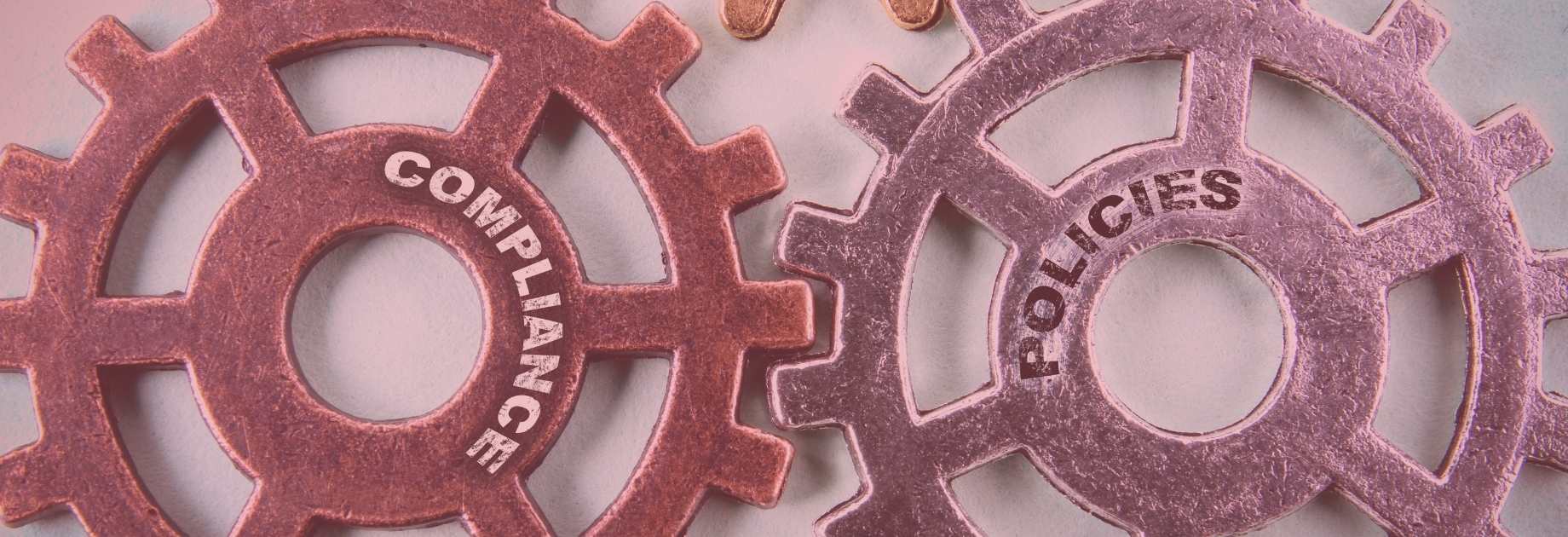Internal compliance elements with business policy, such as Per Diems, Mileage, and Value Added Tax (VAT) reclaims, must be carefully balanced with operational efficiency to achieve seamless integration.
Many of our customers ask about managing the implementation process so that they have an effective and efficient internal compliance environment, consequently we thought we’d take a look at the issue from the perspective of project management.
Specifically, we wanted to look at the main things that you have to do to make your internal compliance elements implementation as perfect as it can be.
In this article we are covering;
- Setting the tone
- Corporate culture
- Risk assessment
- Integrate technology in finance
- Test and monitor
- Third parties
Setting the tone
The starting point for any internal compliance elements program has to be to set the tone from the very top.
There’s little point in drawing up superb policies and procedures if nobody sticks to them because the CEO doesn’t bother!
So it is important that you achieve buy-in from the highest level of the organization and if this can be a public declaration of the importance of the compliance project then so much the better.
High-level sponsorship really does increase the chances of not only completing the project but also having internal compliance elements that essentially polices itself.
Corporate culture
High level sponsorship is really important for the project, and once this has been obtained it makes the task of developing a compliant company culture that much easier.
For any business, the cultural acceptance of the need for rules and an agreement that they are fair and equitable leads to a much more effective compliance environment than simply ordering people to play ball.
What we are looking for here is a feeling within the employees that it is unacceptable to be lax with expenses. The most effective method for this is peer pressure and this also helps with ensuring longevity for the procedures.
Practically speaking there needs to be effective communication of the reasons why you need to be compliant with things like VAT and expense management and the dire consequences of not doing so.
Relating these to the individual employees, especially if it could result in them paying extra tax at the end of the year really drives the point home and real-life examples of times when other businesses have been caught out shows that this isn’t just lip-service.

Risk assessment
To get any internal compliance elements project underway it is important to understand the business’ attitude to risk and indeed, where that risk lies.
For example, a multi-million-pound company that only ever pays out £200 per year in expenses has a low-risk/low-impact situation, where a £100,000 business that pays out £10,000 per year in staff expenses is in a much riskier place.
It’s important also to understand where those risks are occurring.
Is the business conducting all of its expenses spent with approved suppliers using electronic means or are there large amounts of cash being handed out?
Only when you understand how risky your expense management environment is can you produce effective yet practical policies and procedures to manage that risk.
It’s important to say that it is a rare business indeed that sees it as being possible or even acceptable to eliminate all risk. To do that would be completely impractical in all but the most extreme circumstances and would likely end up causing significant operational issues for the business.
Integrate technology in finance
Expense management technology such as Rydoo is specifically designed to help with the competing priorities of a secure expenses procedure and a need to remain operationally flexible.
Technology in Finance can be used to reduce manual processing making the expense management task easier but at the same time increasing compliance by enforcing rules and putting in automatic controls that would otherwise be impractical.
It is rare that finance staff get praised for running a slick expenses system so it makes sense to integrate the technology within finance so that people can then get on with jobs that are (unfairly) seen as more glamorous or exciting by the business.
Test and monitor
Bringing in policies and then implementing a system is all well and good but that isn’t the end of the story.
There’s an old saying that a good plan never survives the first contact with the enemy and the same is true with projects. Not many project managers would claim to implement a system or process and have it work 100% perfectly from the very start!
The implementation of new policies or systems is actually only the start of the story, in fact, the real value is added when you develop and refine your changes so that they are as slick as can be.
This is where having a well-developed feedback system is invaluable as you’ll find that users are able to spot issues far quicker than any central project staff.
Once your procedures are in place you’ll need to have an effective and easy-to-operate monitoring system to identify difficulties and breaches where they occur.
Third parties
If you have the ambition to develop a truly paperless office then you are going to need help from third parties.
The majority of businesses now use software that has the capability to provide electronic billing but that doesn’t mean to say they use it and often you’ll simply need to ask them to provide any supporting documentation in electronic form.
The vast majority of travel companies such as airlines will provide e-ticketing and billing and train companies and taxi firms are also starting to develop app ticketing rather than physical tickets.
But there’s no getting away from the fact that some third parties won’t be large enough or just won’t want to provide electronic proof of purchase, so if you want your office to remain paperless then you need to have an app that will allow a receipt to be photographed and hopefully automatically entered using OCR (like Rydoo).
Using the capabilities that your third-party suppliers have for electronic billing will help you to expand and deliver an internal compliance project.
Integrating the expense management elements for better Internal Compliance
Our 4 internal compliance elements of Per Diems, Mileage, Value Added Tax (VAT) reclaims and the paperless office needs to be integrated in a balanced way to ensure effective implementation.
Setting the tone at the start and developing a company culture that understands the need for compliance elements will go a long way towards getting it right.
Understanding the risks facing your business helps you to decide on the right controls and systems to manage your company expenses and then integrate the right technology to achieve your goals.
And finally enlisting the help of your third party suppliers and using their paperless systems wherever you can will reduce the amount of physical bills and receipts that you need to deal with.
And remember that Rydoo has been specifically designed to make your expense management life easier so why not book a free demonstration now and see how we can help?


